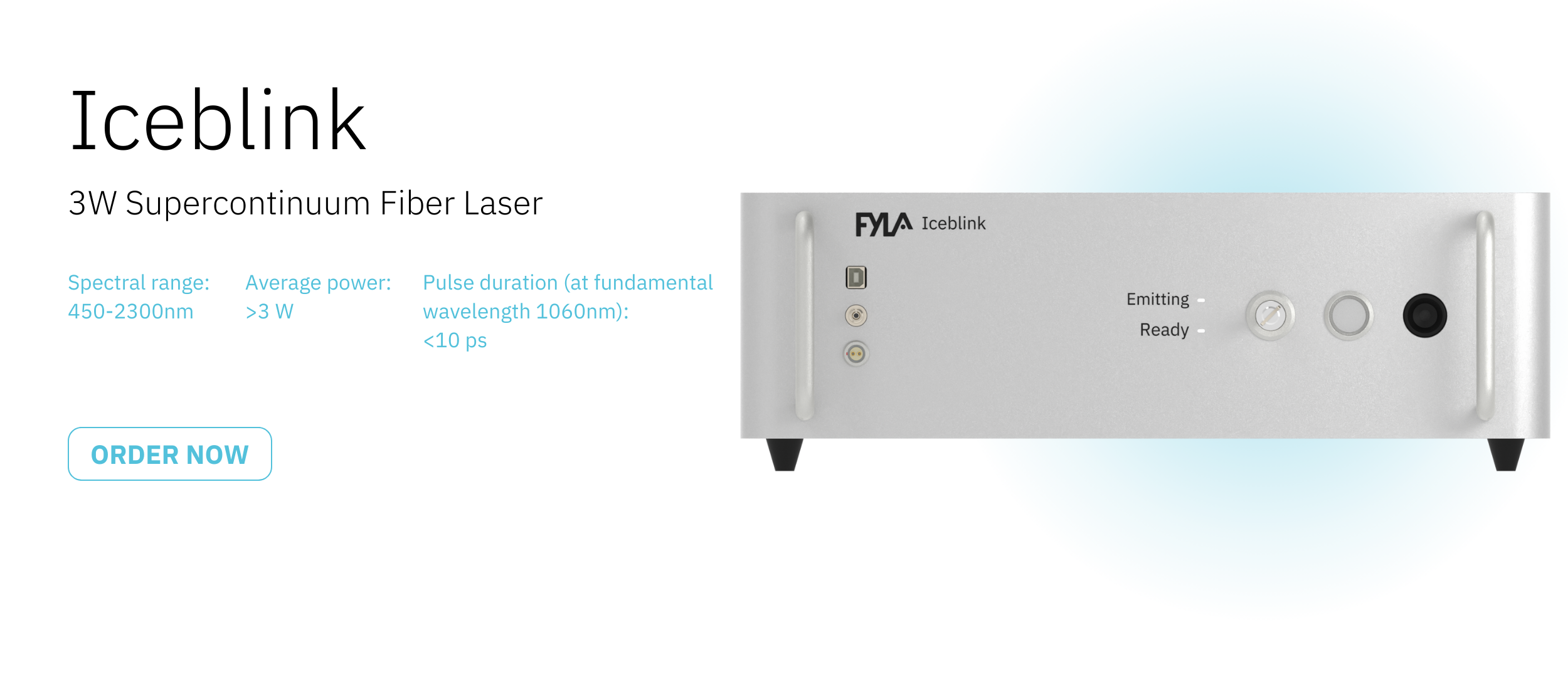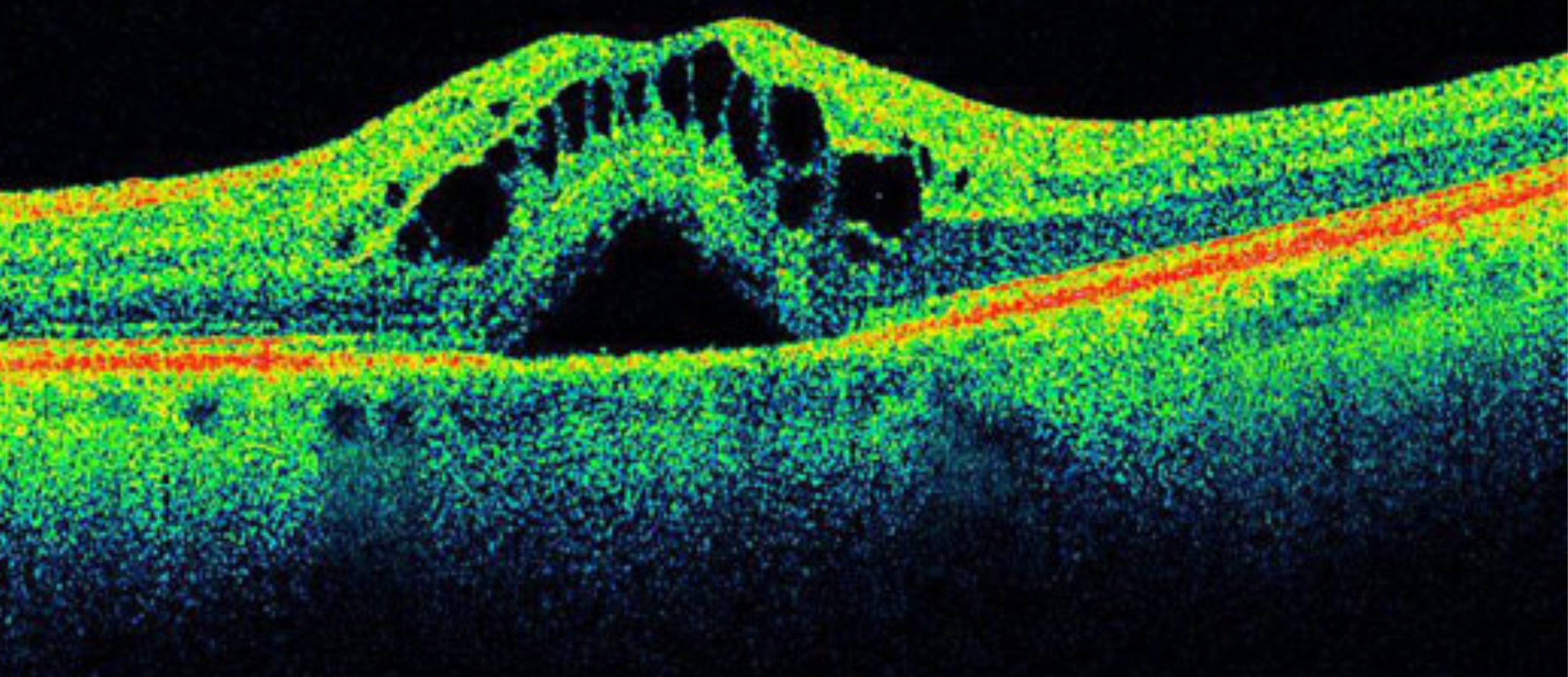The characterization of materials and surfaces is a fundamental pillar of scientific and technological progress. The search for accurate and non-destructive measurement techniques has led to the development of several methodologies, among which White Light Interferometry stands out. White Light Interferometry has proven to be a powerful and versatile tool for characterizing surfaces at the nanometre scale, providing 3D measurements with high resolution and accuracy.
In the last decade, the increasing demand for devices and materials with micro- and nano-scale structures has driven the need for more advanced characterization techniques. White light interferometry has emerged as a valuable technique that can inspect and characterize surfaces at the nanometre scale without disturbing or damaging the sample. This non-invasiveness has made White Light Interferometry widely used in fields ranging from electronic materials and devices to optical and biomedical manufacturing.
The White Light Interferometry
As mentioned above, white light interferometry is a technique that provides accurate and non-destructive measurements of the topography and dimensions of surfaces at the nanometer scale.
The principle of white light interferometry is based on the interference of light. When the white light beam hits the sample and a reference surface, the light waves reflected from both surfaces combine to create an interference pattern. This pattern contains valuable information about the height and morphology of the sample, allowing detailed surface characterization with high resolution. A simplified illustration of a white light interferometer is shown in Figure 1.

For accurate measurements using white light interferometry, a broad-spectrum light source providing a wide range of wavelengths is essential. Common light sources used in this application include halogen lamps, broadband LED light sources, and Supercontinuum Laser Sources.
Common Light Sources for White Light Interferometry: Limitations
Traditional light sources have some limitations in white light interferometry. Halogen lamps and broadband LED light sources, while useful and versatile in general applications, have limited spectral emission ranges. This means that they can only provide a certain range of wavelengths of light, which limits the options available for interference measurements. As a result, certain samples or surface features may not be well detected or characterized due to a mismatch with the available wavelengths.
This factor can lead to reduced precision and accuracy in surface characterization, especially for materials with specific optical properties that require a more precise selection of wavelengths. In addition, in certain applications where ultra-fast dynamic phenomena need to be captured, conventional light sources may not be fast enough to provide the required temporal resolution. Similarly, the stability of the light source is a crucial aspect of obtaining reliable and accurate measurements over time, and some traditional systems can experience fluctuations in the intensity of the emitted light, affecting the consistency of the results.
FYLA Iceblink: The Supercontinuum Laser Solution for White Light Interferometry.
There are several specifications that make our Supercontinuum Iceblink one of the best possible solutions when it comes to solving the limitations associated with common light sources in white light interferometry.
One of the main advantages of Iceblink is its wide spectral range, from 450 to 2300 nm. Unlike conventional light sources with limited spectral ranges, Iceblink allows precise selection of the appropriate wavelengths for each sample, improving the quality of measurements and enabling more detailed characterization.
In addition, Iceblink has a high spatial coherence compared to conventional light sources. While traditional sources can emit light with a wider and less uniform bandwidth, Iceblink provides coherent light with a narrow and uniform bandwidth, improving the resolution and accuracy of interferometric measurements.
An extra advantage of Iceblink is its ability to emit ultrashort pulses with a pulse duration of < 10 ps at the fundamental wavelength and a repetition rate of 80 MHz. This makes it possible to capture ultra-fast dynamic phenomena with exceptional temporal resolution, extending the possibilities for study in a wide range of applications.
Finally, its exceptional stability of < 0.5% (std. dev.) ensures reliable and consistent measurements over long periods of time, minimizing fluctuations in the acquired data. This feature is particularly valuable in applications where accuracy and stability over time are required.
In brief, with its wide spectral range, ultra-short pulses, high spatial coherence and excellent stability, Iceblink provides more detailed, reliable and accurate characterization of materials and surfaces at the nanoscale.
Application Case: ITEAM Research Institute uses Iceblink for Characterizing Chromatic Dispersion in Multicore Fibers
One of the key challenges in optical signal processing is managing chromatic dispersion, which can cause signal distortion and limit the achievable data rates. To address this challenge, the FYLA Supercontinuum Laser, Iceblink, can be used for chromatic dispersion characterization of multicore optical fibers, as was demonstrated by Ivana Gasulla et all. at the ITEAM Research Institute, Universitat Politècnica de Valencia.
The laser is used to create a White Light Interferometer between one core of the multicore fiber and an air path. The laser emits more than 3W optical power in the wavelength range from 450 up to 2400 nm, making it suitable for broadband dispersion measurements. The interference pattern generated by the interferometer can be measured using an optical spectrum analyzer, and the chromatic dispersion can be calculated by fitting the phase extracted from the interference pattern with a five-element Cauchy dispersion formula.
By characterizing the chromatic dispersion of each core in the multicore fiber, it is possible to optimize the signal processing capabilities of the fiber and achieve higher data rates with reduced signal distortion. This is particularly important for potential applications of multicore optical fibers, such as broadband wireless and satellite communications, distributed antenna systems, and quantum communications.
For further information, consult the paper (Dispersion-Diversity Multicore Fiber Signal Processing | ACS Photonics) and if you have any questions about Iceblink, don’t hesitate to contact us.






